Reader’s Digestif is a series of GOOD Food articles focusing on the changing landscape of food media.
Imagine if ArtForum ate Lucky Peach.
The resulting digestion would be White Zinfandel, an incredibly chic, art-food publication. Around since 2011, the biannual pub is densely packed with essays, musings, meanderings, poetry, and tons and tons of art. It teeters more toward an art magazine, really, but since every issue touches on certain food-related concepts, it felt natural to put it in our library next to the cookbooks and tomes devoted to the culinary arts.
As they put it, “White Zinfandel is devoted to the visual manifestation of food and culture produced within the lives of creative individuals.” Inside the latest issue, themed “Offal,” there is plenty of fun to be had—a section called Awful Art, courtesy of young New York painter Jamian Juliano-Villani—and pages of exploration into ideas of being discarded (as offal inevitably is). Other contributions come from artists and curators who are major figures on the contemporary art scene, people such as Mary Reid Kelley, Sean Raspet, Lucy Chinen, Diamond Stingily, Nancy Lupo, and Derrick Adams. We spoke with White Zinfandel founder Jiminie Ha about White Zinfandel’s brand new “Offal” issue, guest edited by curator Julia Trotta.
It seems like White Zinfandel approaches food from the side of the artist and the art world, rather than from the perspective of a chef or a food worker, but still investigating art. How did this approach develop, and why is this a conscious decision?
Ha: Food can reflect a time period and environment—hints of lifestyle, economics, and sociopolitical contextualization of individuals through artistic imagery—be it through still lifes, paintings, photographs, sculpture, or video. So it made perfect sense in my mind to play with food topics on a more conceptual level when I first started the publication in 2011. I just didn’t think it would be something I’d continue making, and really thought it would be a one-off experiment.
I try to find topics that can veer off into other territories rather than settle on a theme that may be too literal in thought and approach; I wanted to create something a bit more out of the box, collaborating with artists who weren’t necessarily ‘artists who worked with food.’
I wanted to push this exploration, where the idea acts as a gateway to opening up a larger conversation that would touch upon social and cultural issues, as food is not just a biological necessity, but [is] inextricably tied to our evolution as cultural beings in the world. Hence the themes such as ‘TV Dinners’ (Issue #2), ‘Food Fights’ (Issue #3), ‘Shame’ (Issue #5), and ‘Power’ (Issue #6).
‘Let them eat cake’ was not just a whimsical statement made by Marie Antoinette—that phrase became a symbol of the oblivious French aristocracy and the resulting revolution. There are so many historic ‘food’ moments that could become catalysts for new dialogue.
White zin is often maligned as wine for people who don't like wine. It's been called the ‘Paris Hilton of wine: cheap, intolerably stupid, yet somehow still fashionable.’ Why did you choose the name White Zinfandel? Is it ironic?
Ha: Yes. I am not a fan of the wine, and also found the name to be unappetizing. Alternatively, the name oddly resonated with me as an interesting title for an arts publication. I’ve been told by some wine enthusiasts, though, there are some solid zinfandels around. I haven’t tried any yet.
How do you see media having changed so that a magazine about art’s relationship to food is something that can exist?
Ha: I grew up reading so many publications that focused on chef interviews and restaurant reviews, and continue to do so. Being around so much art and food growing up, the food-art pairing just seemed natural to me, and not just about the act of physical consumption.
But if you look at what Gordon Matta-Clark was doing with his restaurant Food, and even Salvador Dalí’s cookbooks, they weren’t simply about offering recipes and food, but creating an experience and capturing a moment in time with food simply as a vehicle to communicate larger ideas.
I think it is a logical evolution and progression within this field that this food-art relationship continues to grow into something more than what one would expect. I think this is the same for any creative sector that is looking to evolve with the times, but also, just naturally segue into other avenues of creative engagement.
How did you land on the subject of offal? And can you tell me a little bit about the way you and Julia worked together to figure out the right balance of offal to art without having too many pictures of intestines, or not enough?
Ha: ‘Offal’ had been something in the works for over a year. I obviously did not want to simply take the literalness of offal and have a bunch of discarded meat imagery. When (I) thought about, on a more conceptual level, the notion of being undesirable, discarded, and leftover, to me, felt like an incredibly complex topic to explore. I’ve also noticed if you have a personal connection to an idea, the passion behind it communicates to a larger audience and impacts more powerfully. I’ve been personally invested in all the themes that have been explored, mostly due to my own experiences growing up with a really disjointed sense of identity.
It’s ironic that while we were working on this issue and finalizing edits with contributions, 45 (the current president) was elected, and gave us so much more ammunition to work with. The cultural currency of offal suddenly impacted all the decisions we made from the creative direction, curation, and vision of the entire launch.
Julia (Trotta) is a good friend, but also someone who has been quite familiar with the publication and my vision for the publication. When I first told her about the idea of ‘Offal,’ she had so many great ideas about the topic that I invited her to guest edit. I think we are like-minded in many ways, so it was pretty seamless in terms of her ideas of who to bring in and tackle the topic on a more conceptual level. Julia has been working as an independent curator for some time now, and has always been someone who has always approached her curatorial practice through a unique lens and challenged the parameters of curation.
What food makes you feel the most creative?
Ha: I’m partial to Asian food. Not sure if sodium has to do with it, but I’ve noticed that if I have super spicy food, I have the most vivid and crazy dreams, usually resulting in creative ideas the day after.
What is your ideal dinner party?
Ha: As always, being with a small group of friends enjoying a great home-cooked meal with fantastic wines.
Have you started to think about the next issue?
Ha: We’ve started to brainstorm for sure. There’s been quite a bit of distraction with the new administration, but (I) think it will for sure influence our next issue as well.





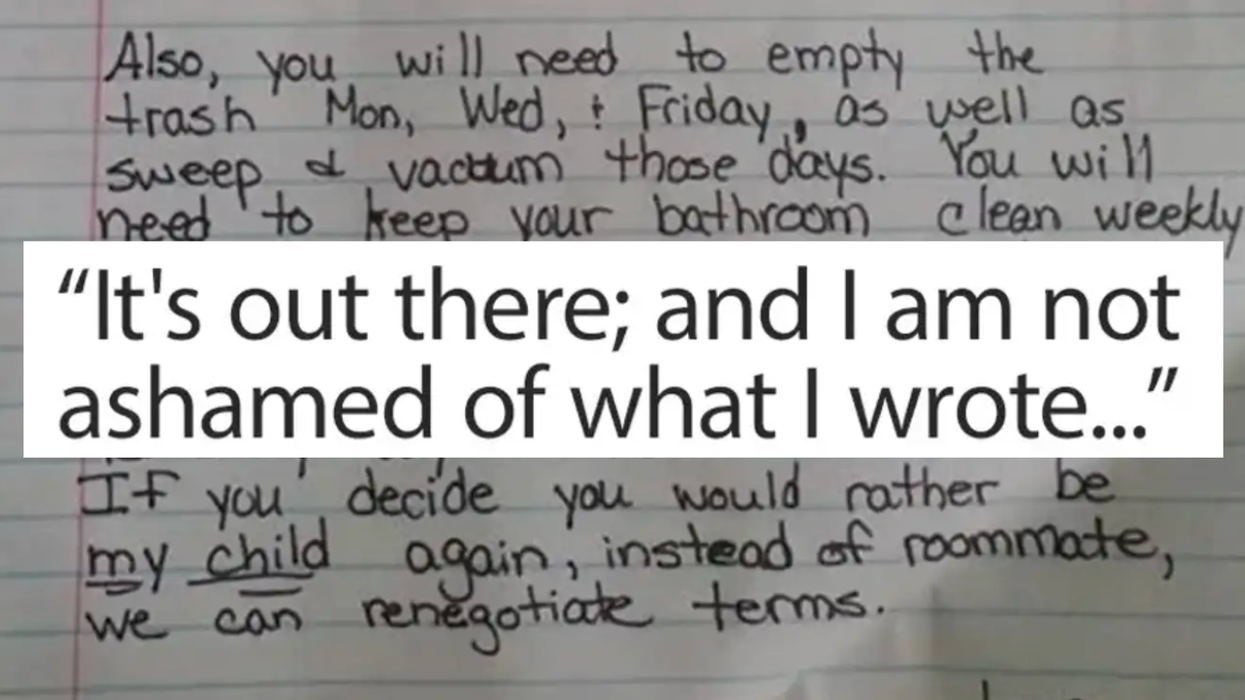
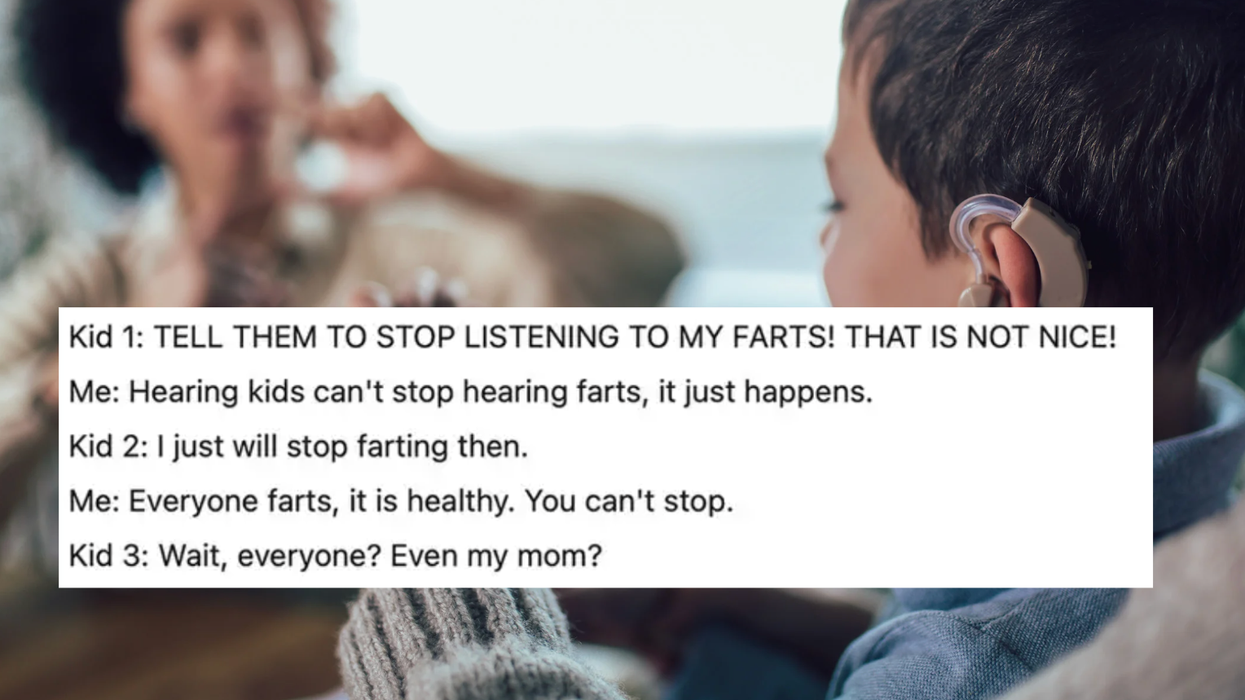

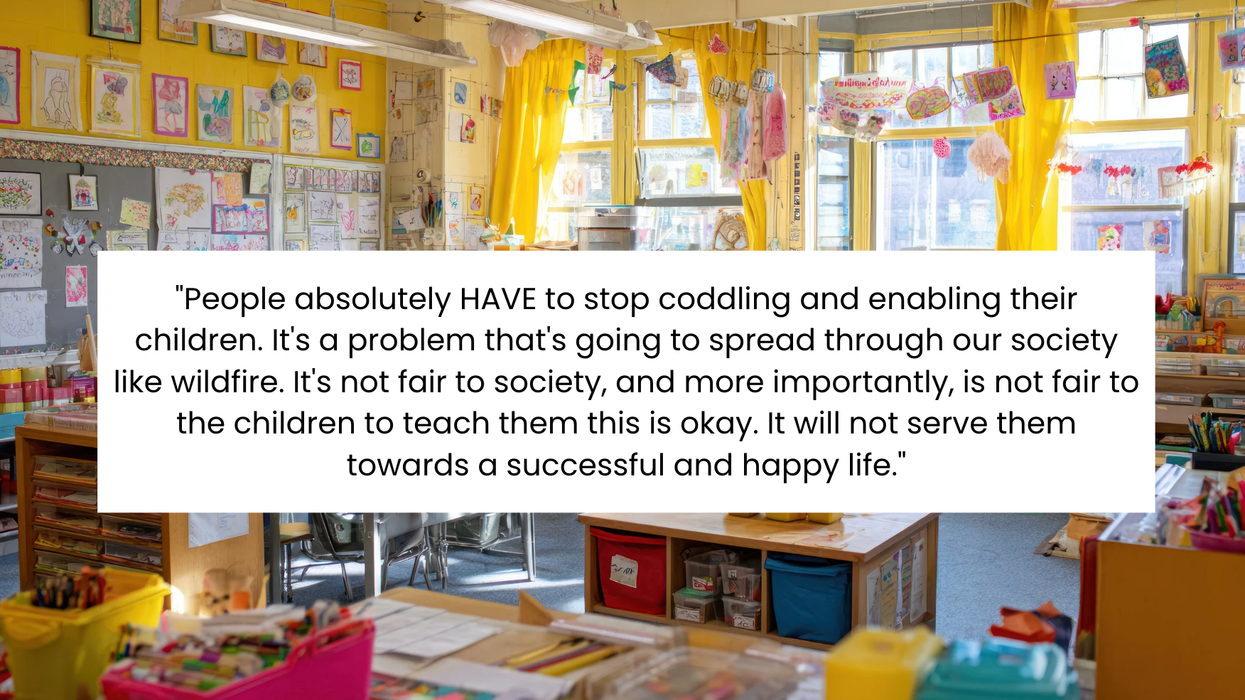


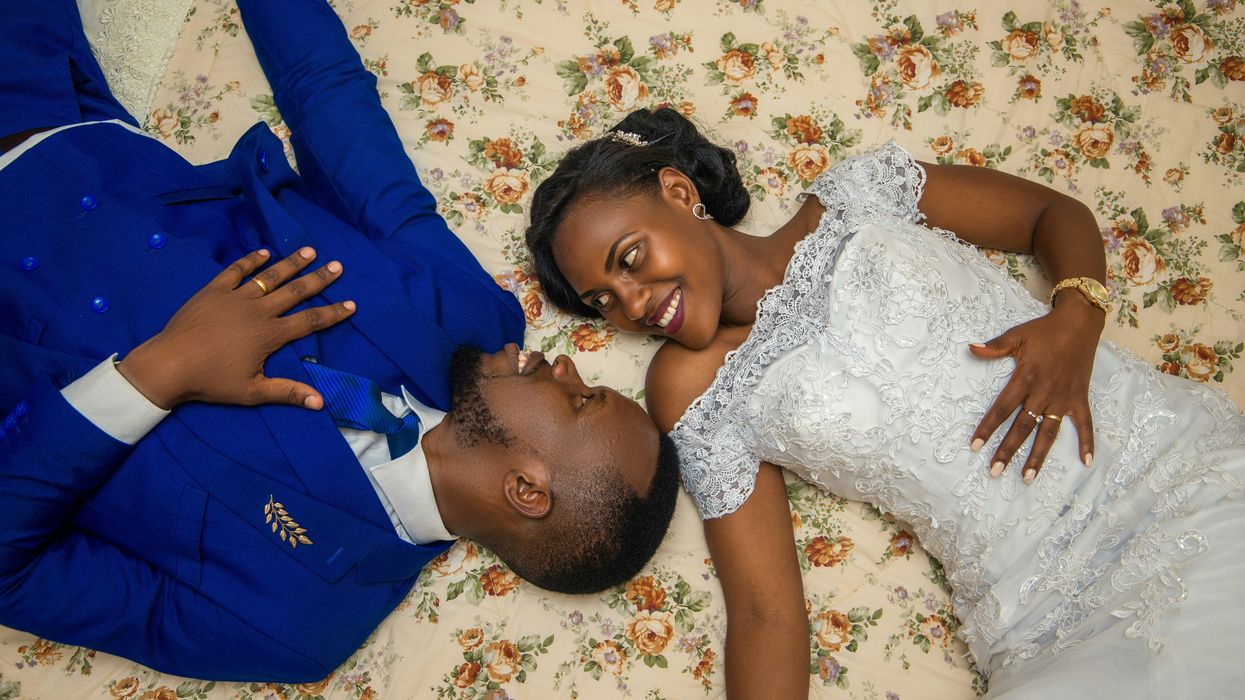
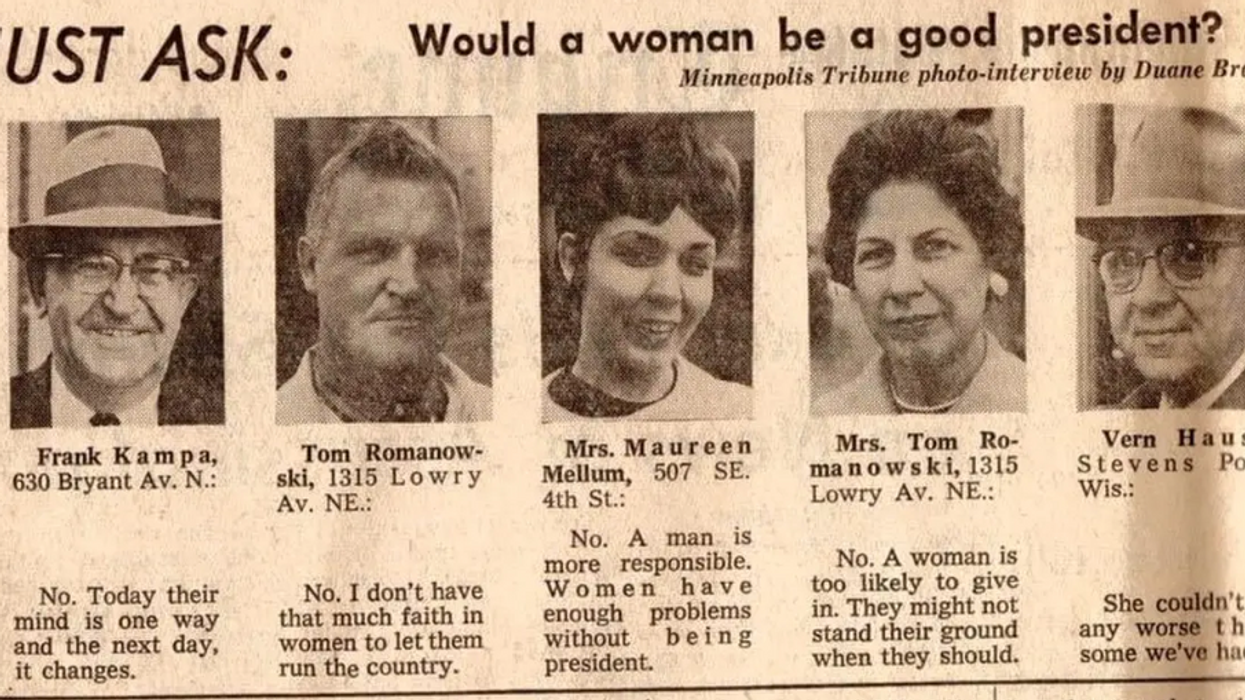

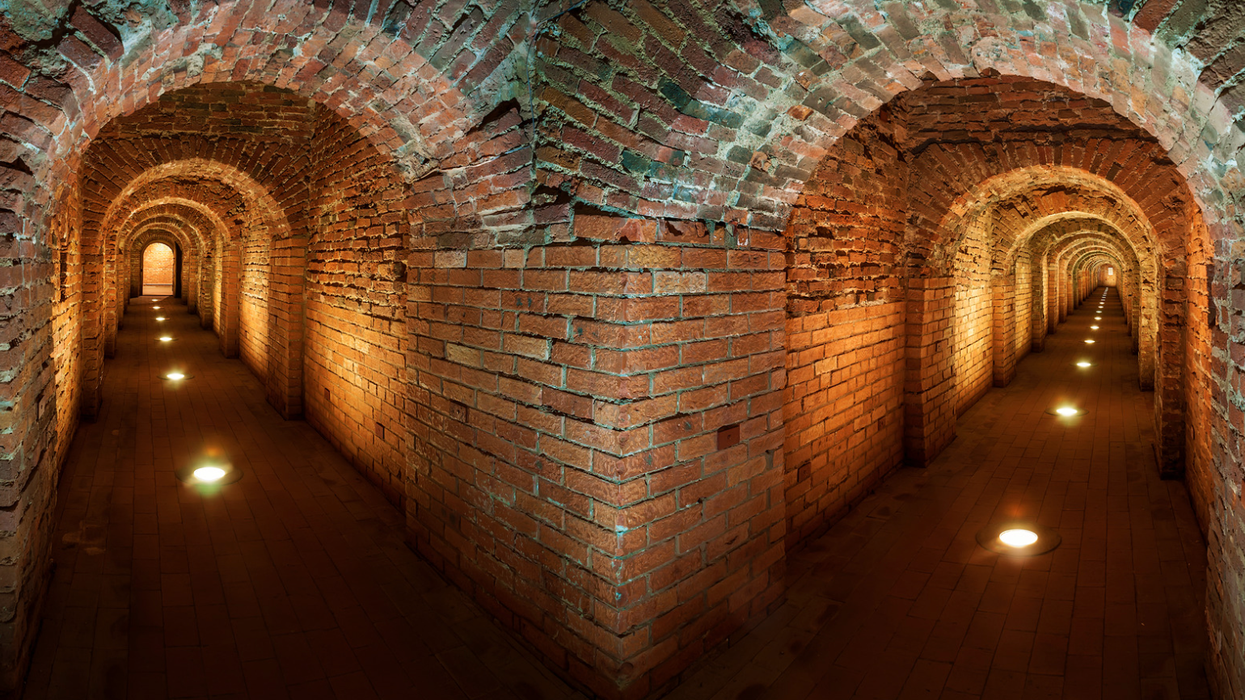
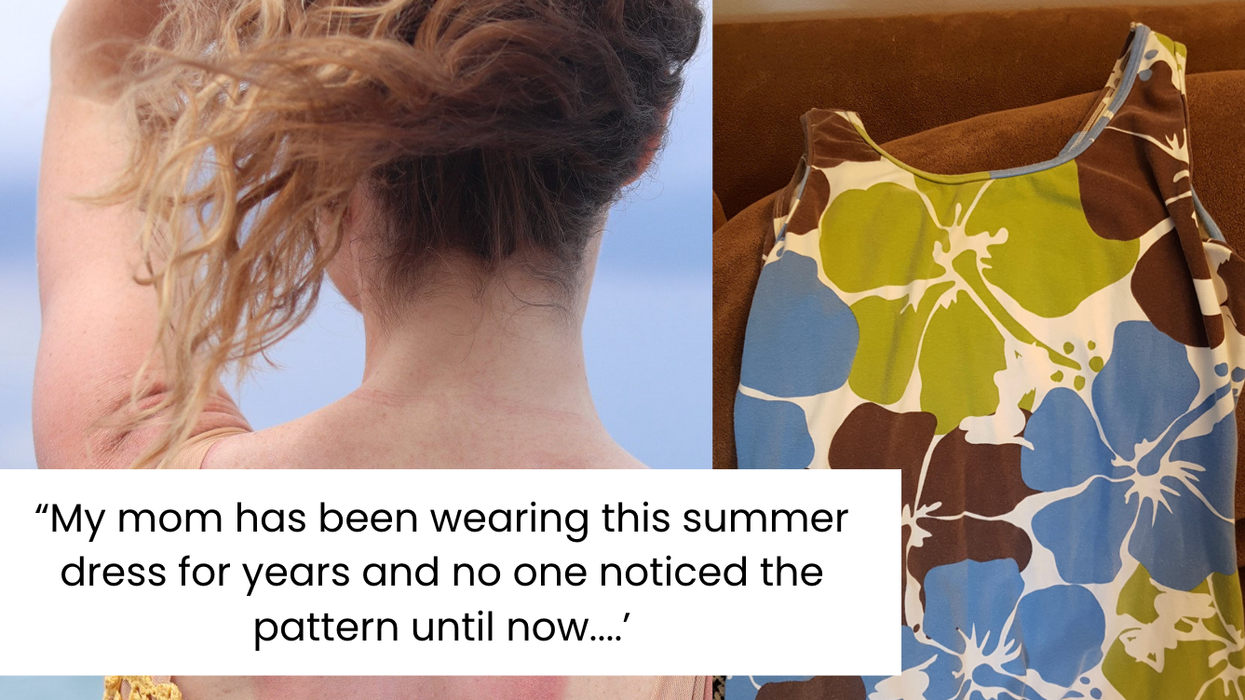
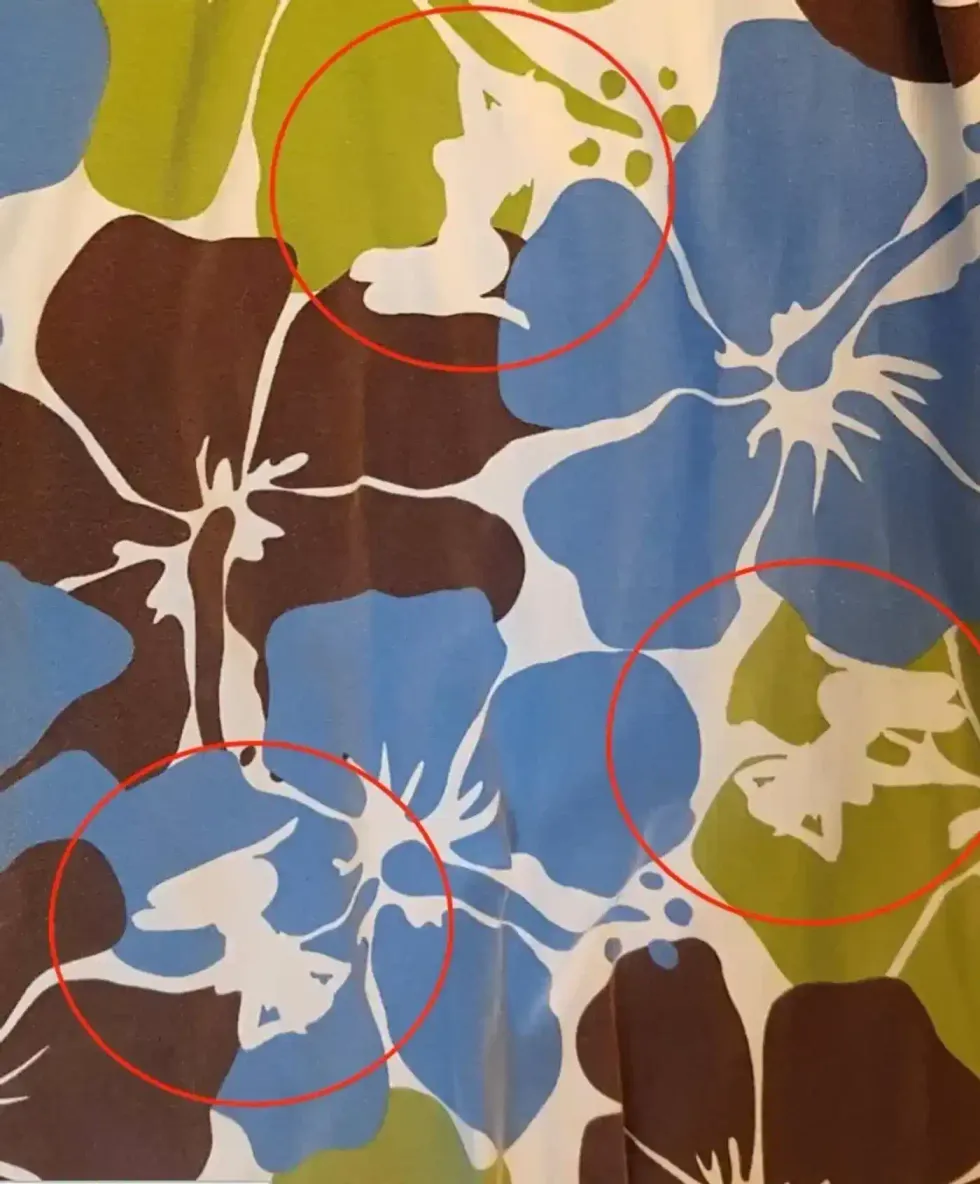 Image of the floral dress with the risque images circled
Image of the floral dress with the risque images circled 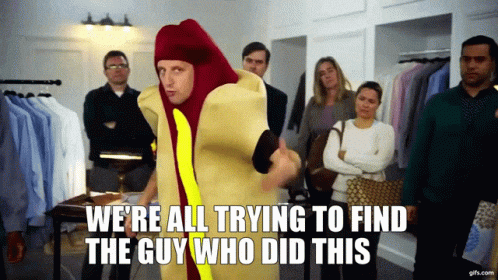 Gif of Tim Robinson via
Gif of Tim Robinson via 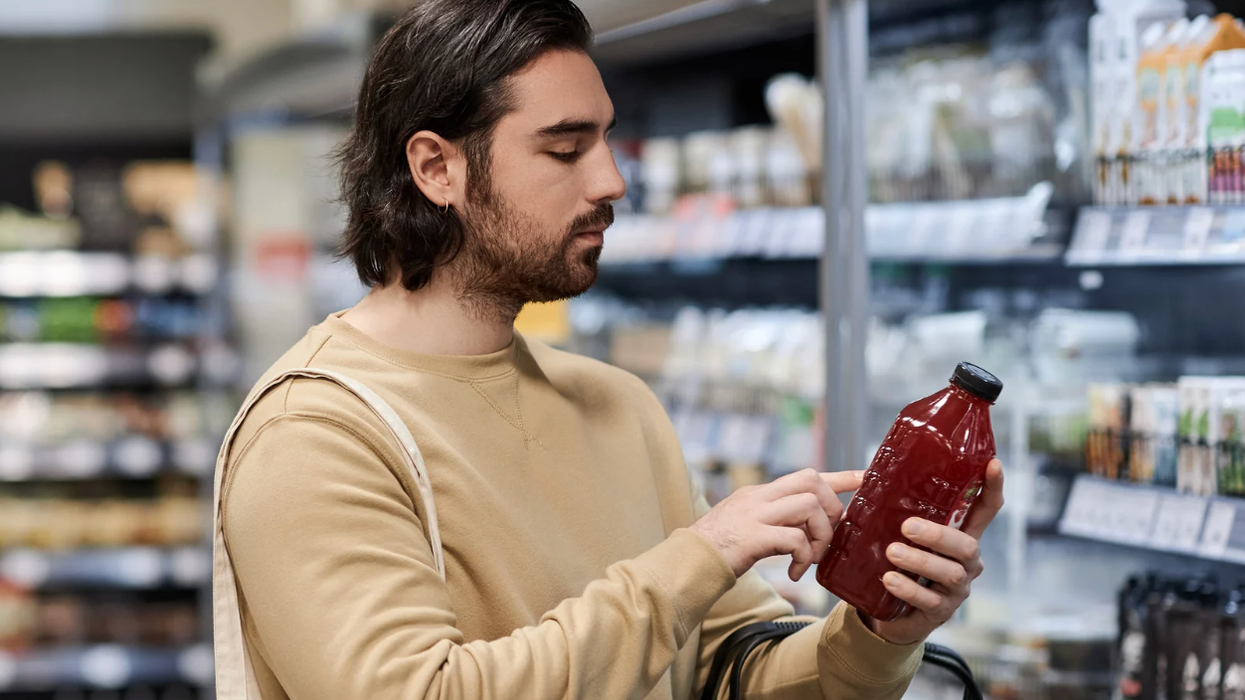
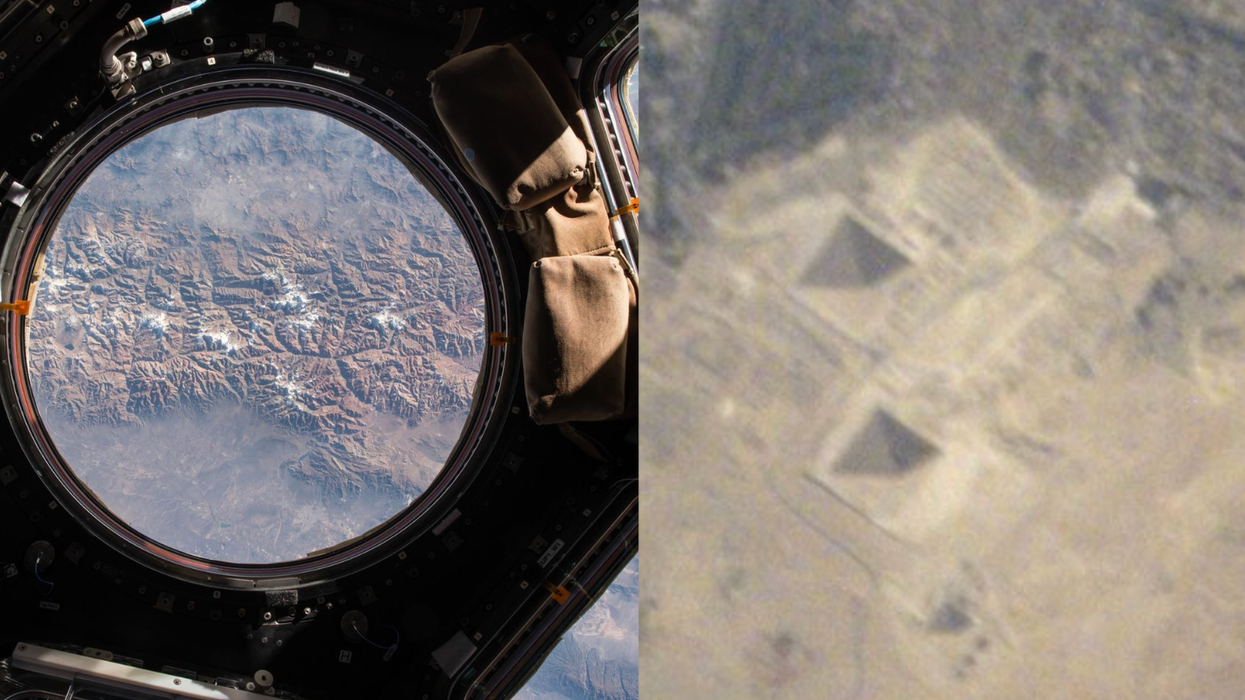
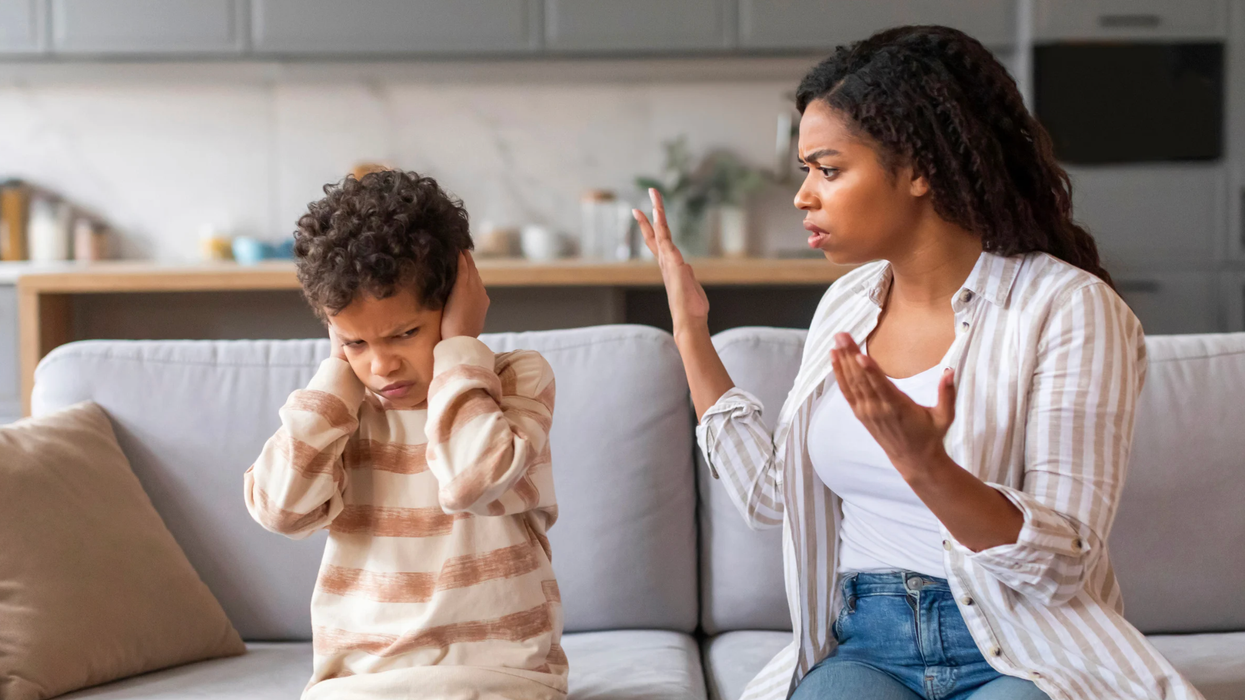
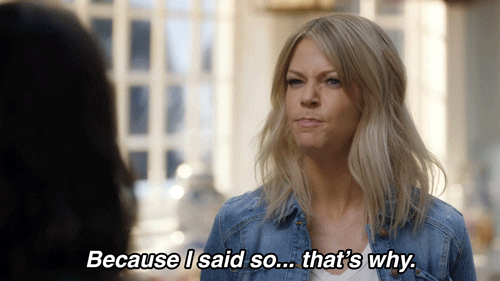 Gif of Kaitlin Olson saying "Because I said so ... that's why" via
Gif of Kaitlin Olson saying "Because I said so ... that's why" via 
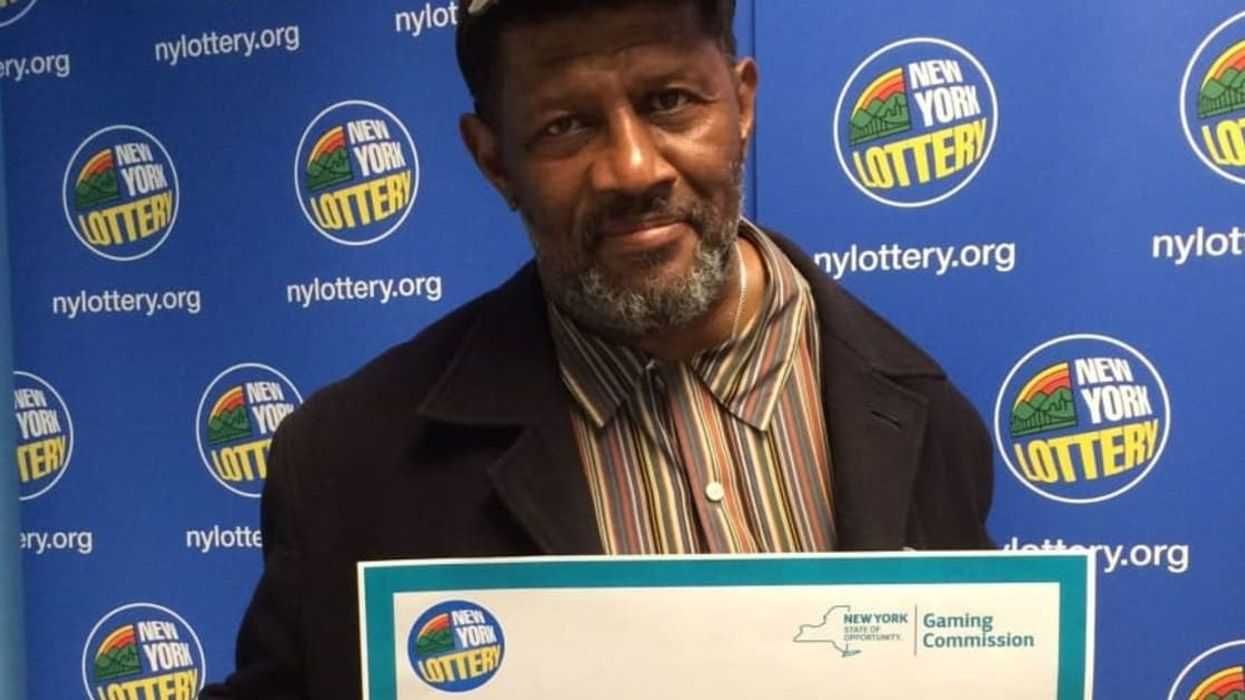
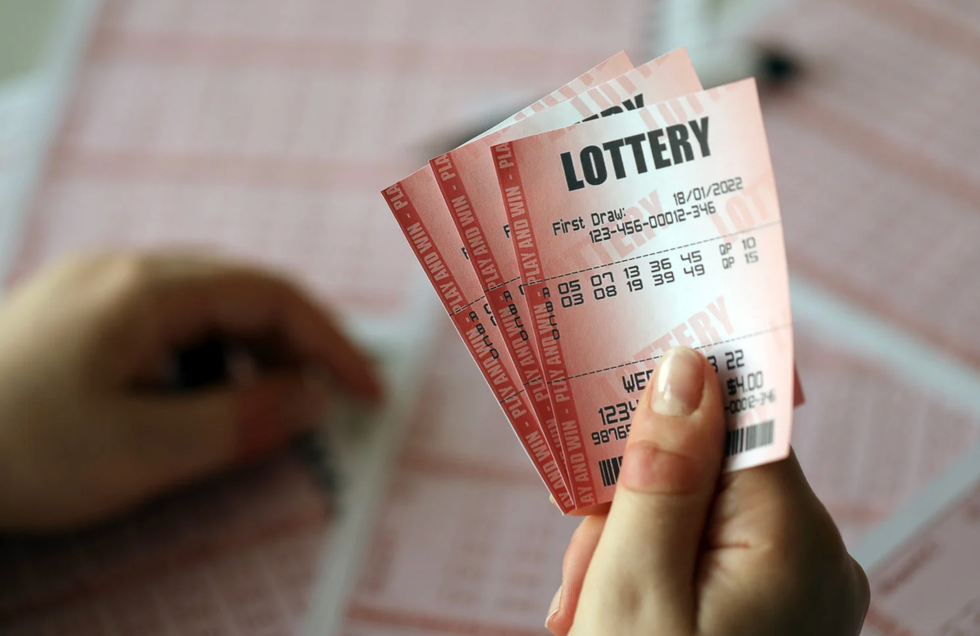 A hand holds several lottery ticketsCanva
A hand holds several lottery ticketsCanva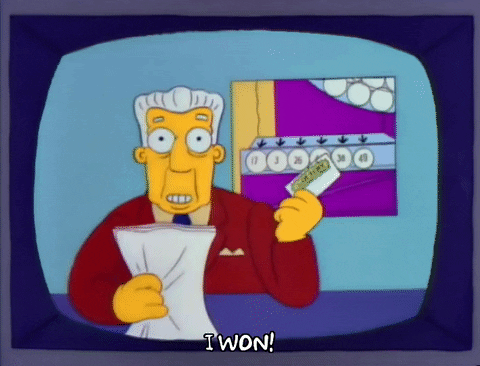 "Simpsons" gif of newscaster winning the lotto via
"Simpsons" gif of newscaster winning the lotto via 

 Kids on their computers.Photo credit:
Kids on their computers.Photo credit: 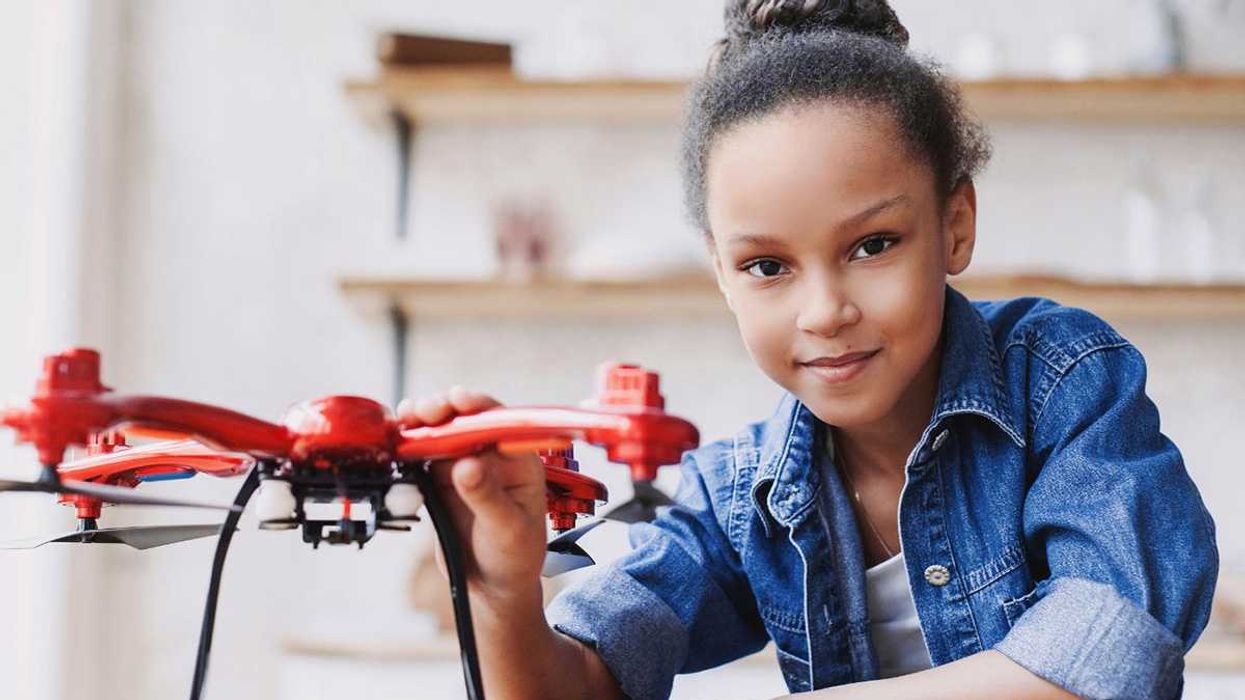 Young girl holds a drone.Photo credit
Young girl holds a drone.Photo credit 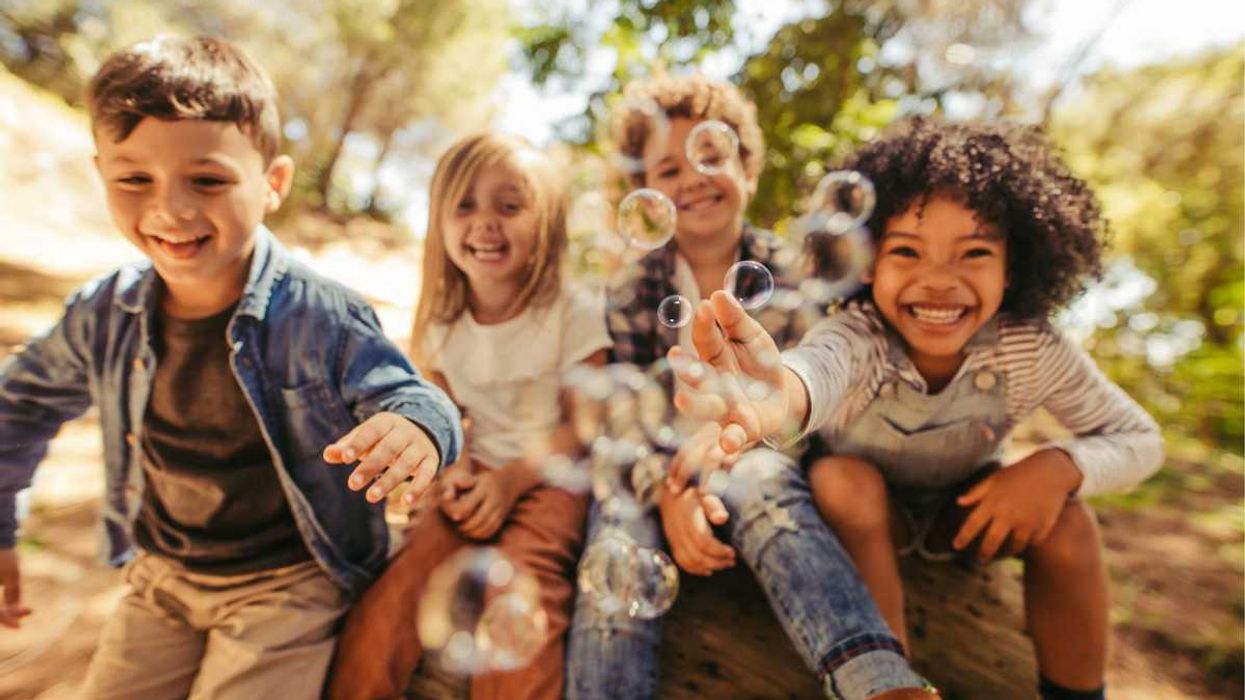 Playing with bubbles.Photo credit:
Playing with bubbles.Photo credit: 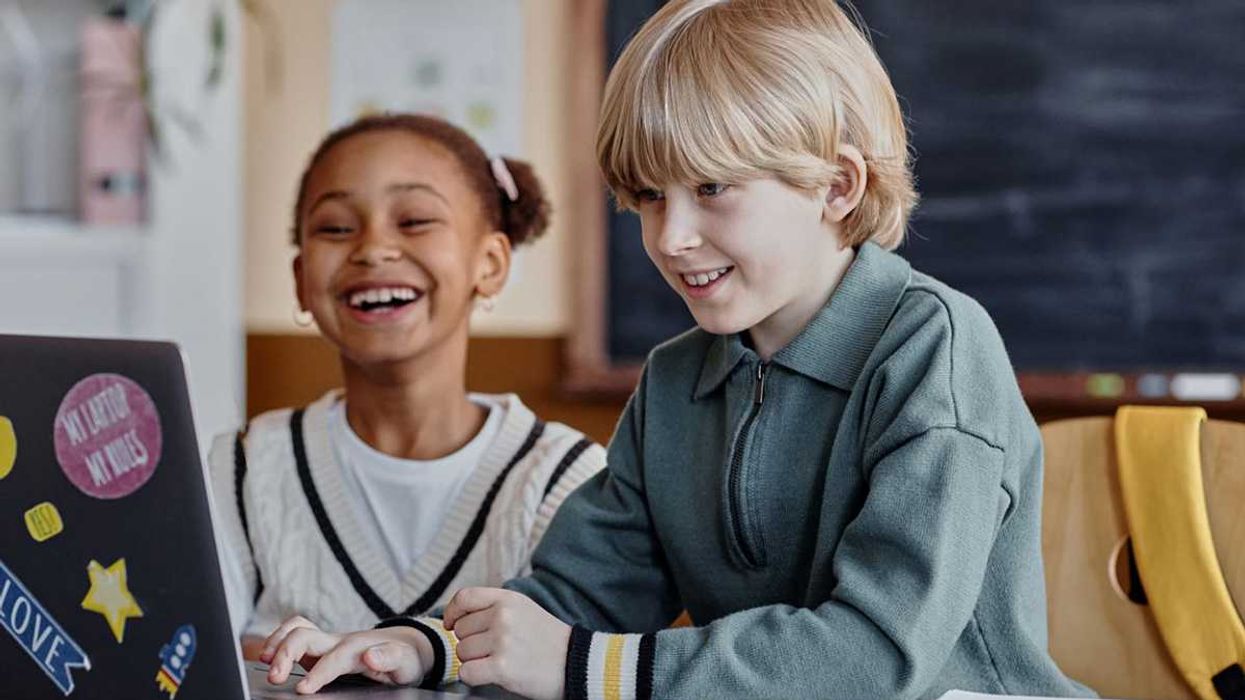 Friends on the computer.Photo credit:
Friends on the computer.Photo credit: